With the school year starting back up, it’s an exciting time here at the Catholic Ecology center- staff retreats, field trips, Faith Journeys homeschool classes, and so much more! It’s also a great reminder that we are all lifelong learners- there is so much to discover in this wondrous world! St. John Paul II wrote in his encyclical, Fides et Ratio: “ Faith and reason are like two wings on which the human spirit rises to the contemplation of truth; and God has placed in the human heart a desire to know the truth—in a word, to know himself—so that, by knowing and loving God, men and women may also come to the fullness of truth about themselves”. The following men and women are wonderful examples of those who display great faith in the service of the Church, as well as employing their reason to come and know God more fully through the natural world. Enjoy this introduction to some amazing Catholic clergy members who are also amazing scientists!
Deacon Pierre André Latreille
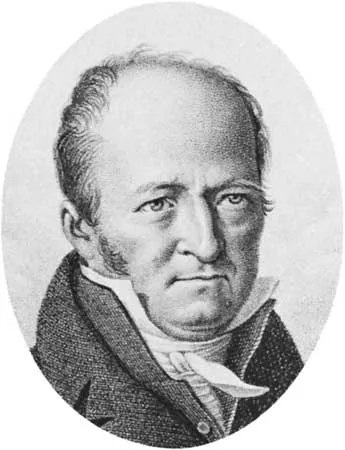

Pierre André Latreille, was born in France in 1762. As a Catholic deacon during the French Revolution, he refused to pledge allegiance to France, resulting in the army throwing him in prison. While in prison, he noticed a rare beetle on his cell’s floor and communicated this important discovery to a doctor he was in contact with. Eventually, word got out and a famous naturalist was so impressed that he convinced the government to release Pierre!
Pierre observed and worked with all sorts of bugs throughout his lifetime. He is well regarded to this day for his classification system of arthropods. He published many writings on new species, while also providing classification for the organisms. He was referred to as the “Prince of Entomologists ” and is a great example of appreciating all creatures big or small!
Sisters of Immaculate Health
.
Have you ever heard of an axolotl? They are small freshwater salamanders like the one pictured above, with feathery gills, wide eyes, and a mouth that almost looks to be smiling! In addition to being adorable, the specific species seen in the picture lives only in one lake in northern Mexico where they are endangered. Scientists were concerned about this vanishing amphibian, but luckily these creatures are blessed with some amazing caretakers!
Nearby Dominican sisters have long been familiar with this special axolotl they refer to as achoques. For years, the sisters have used the salamander to make a special syrup that helps those suffering from coughs, asthma, and other respiratory illnesses. When the sisters noticed the achoque numbers dwindling, they started to take care of them in a special way by bringing some to the convent. Eventually, the numbers of achoques grew as did the sisters’ biological knowledge of these amazing critters. To this day, there have been scientists and zoologists from all parts of the world that come and learn from the sisters and spend time in the convent that has rooms filled with tanks, lab supplies, and many incredible stewards of these amazing animals!
Fr. Giuseppe Mercalli
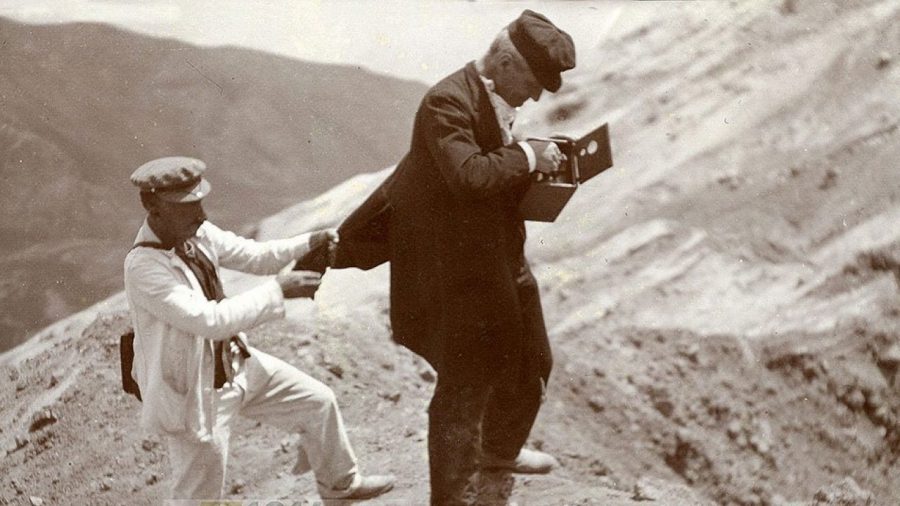

Fr. Mercalli was a priest who, while originally from Milan, was moved to serve in Naples, Italy in the 1800s. Naples is home to the infamous volcano Mt. Vesuvius. While there, Fr. Mercalli studied the volcano intently, keeping extremely detailed notes not just on the volcano, but on seismic activity (pulses of energy that come from the movement of earth’s plates like earthquakes) as well.
He is well known for creating the Mercalli Index, a scale that categorizes the intensity of earthquakes and seismic activity. He published many books on volcanoes and earthquakes alike, and was the head of the Mt. Vesuvius laboratory from 1911 until his death in 1914. His life reminds us that change can lead to incredible fruitfulness and to trust in God’s plan!
Fr. Henri Breuil
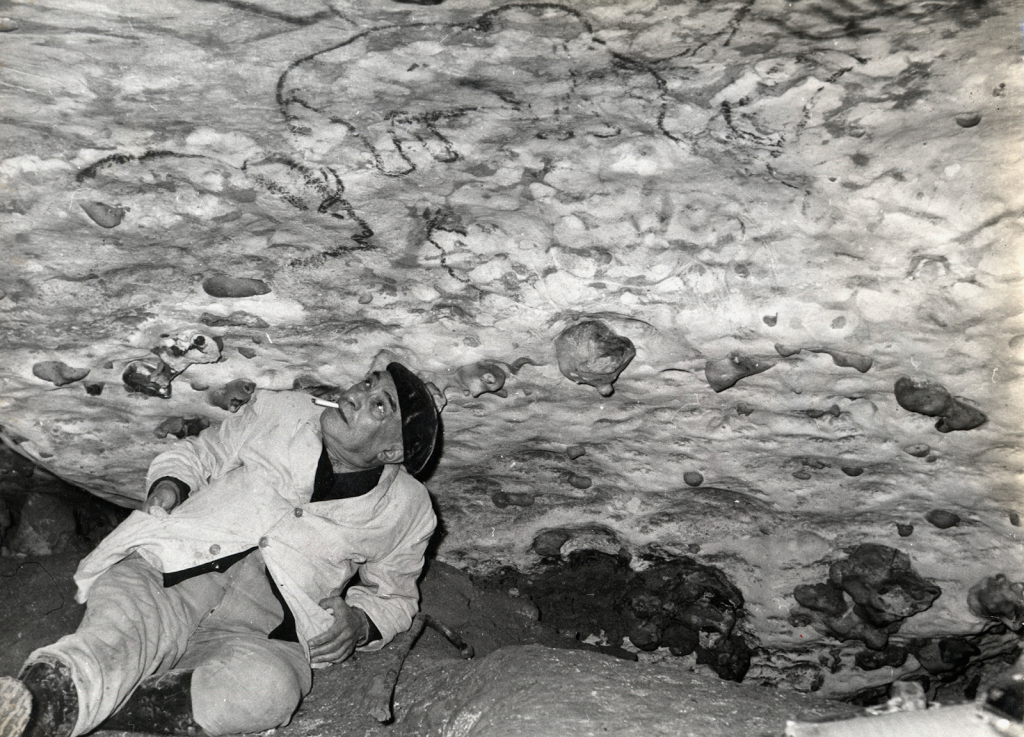

Fr. Breuil was born in France in 1877. He was ordained a priest when he was 23 years old. Shortly after at age 25, he was a part of the discovery of two caves containing prehistoric cave art. After that, he spent more than 60 years studying cave art all over the world, publishing the book Four Hundred Centuries of Cave Art which contained detailed drawings and paintings of over 90 caves around the world. He estimated that in his lifetime he spent over 7 years in caves!
In addition to his spelunking (the exploration of caves), he was a professor of Archaeology in France for nearly 40 years, and awarded a medal from the U.S. National Academy of scientists. Fr. Breuil demonstrates how to appreciate the past and learn from the stories of those before us!
Mother Noella Marcellino
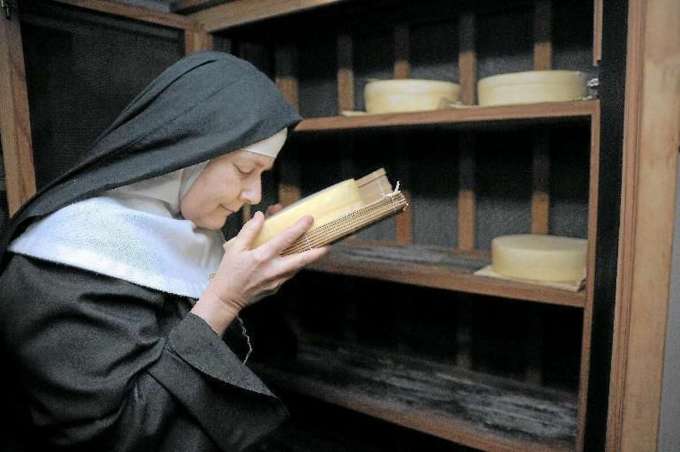
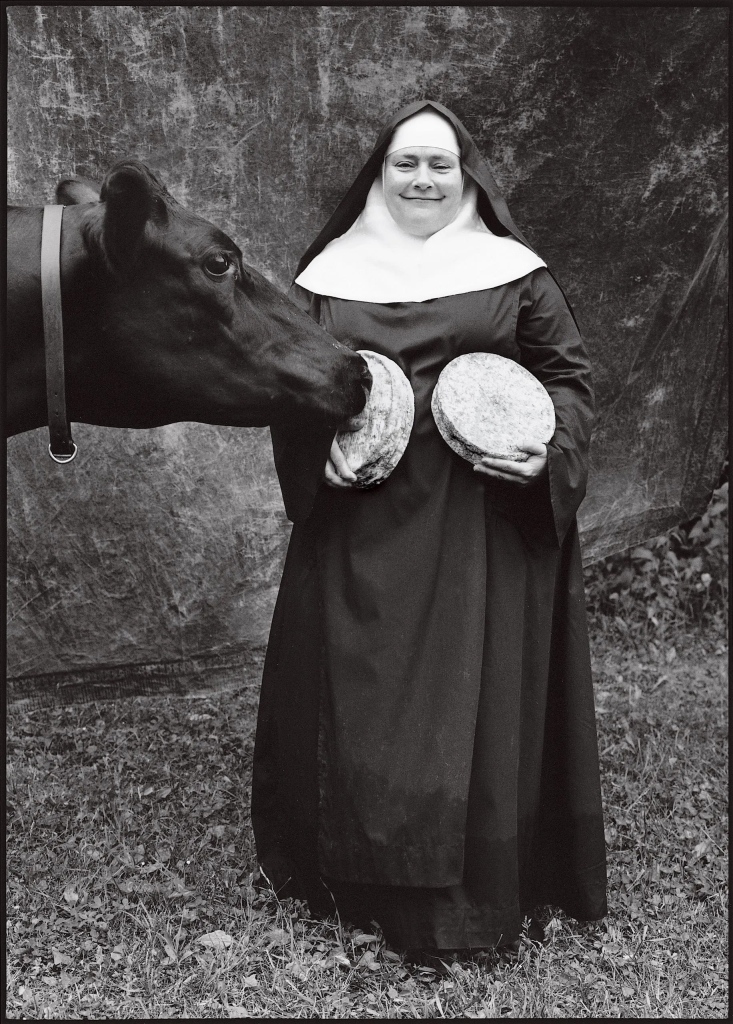
Mother Noella Marcellino is a nun of the Abbey of Regina Laudis in Connecticut- a cloistered, Benedictine community. A hallmark of Benedictine religious life is Ora et Labora: prayer and work. The abbey crafts several kinds of artisan goods that they sell to help sustain their community, one of these is cheese!
Mother Noella has her PhD in microbiology, and through the process learned more about the small microbe life that is used in the cheesemaking process. Microbes affect the color, flavor, and texture of cheese. Mother Noella has published papers on fungi, traveled around the world teaching others about cheese making techniques, and even has a documentary about her called The Cheese Nun!
She reflects: “When I look through a microscope, and see the wonder, I see God in those microorganisms. It puts you in touch with God’s creation. And for me, it also can be very sacred. The motto of Benedictines is: ‘Work and pray.’ And for us, our work is also a prayer.”
Fr. Giacomo Bresadola
As a priest, Fr. Giacomo Bresadola held many important positions including managing church estates, shepherding multiple parishes, and holding the title of vicar. However, right alongside all of his duties and pastoral responsibilities he continued to have a wonder and appreciation for the world of fungi. He wrote and published many works, drawings, and photographs of fungi, even naming a few! His collections are still used today in museums throughout the world. Just like a mycelial network, the thin, root-like threads of fungi, Fr. Bresadola was well connected with those in his parish, and community. Let us be reminded by his example to cultivate intentional relationships with those God puts in our lives!